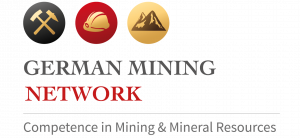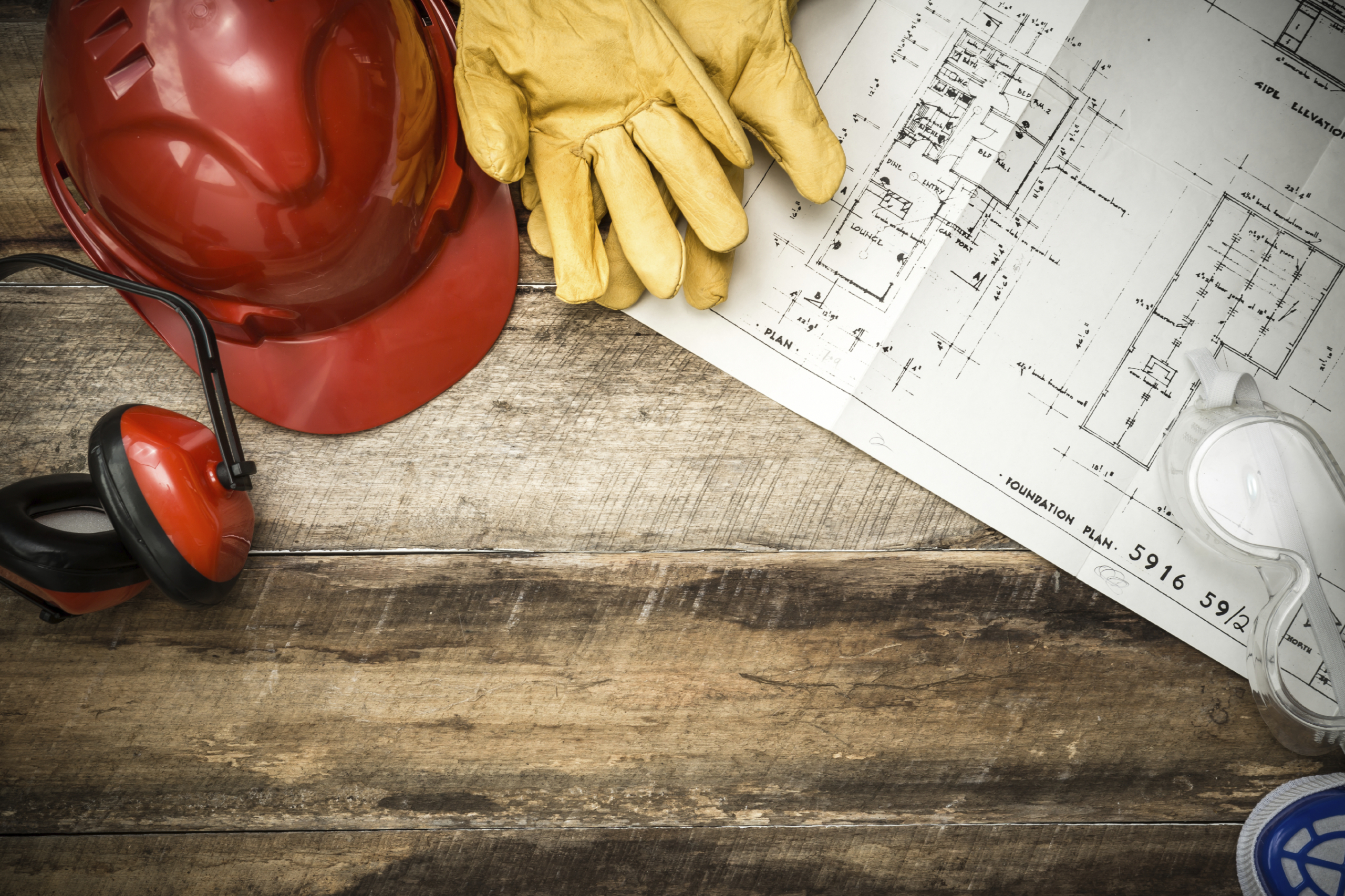Information Event: Developments and Measures for Energy Efficiency and Energy Structure Optimization in the Non-Ferrous Metals and Steel Industry in China (June 2022)
In terms of energy consumption, manufacturing represents the largest sector of the Chinese economy with a proportion of more than 50 percent of final energy use. The steel and non-ferrous metals industry are particularly energy-intensive. In recent years, especially since the national targets for carbon peaking and carbon neutrality were announced in 2020, China is actively taking measures to make production processes more energy-efficient and less carbon-intensive. A series of guidelines and targets focusing on energy-intensive key sectors including steel, ferroalloys and non-ferrous metals have been released, demonstrating the Chinese government’s determination towards a low-carbon industry transition. Moreover, optimization of energy structure through increased utilization of renewable energy is a growing trend among leading producers.
Against this background, AHK Greater China hosted an online information event on developments and measures for energy efficiency and energy structure optimization in the non-ferrous metals and steel industry. More than 110 participants from government agencies, companies and other stakeholders participated in the event on 7 June 2022.
Energy and carbon intensity of the non-ferrous metals industry
After a brief introduction by Bernhard Felizeter of AHK Greater China, a representative of the Chinese non-ferrrous metals industry presented the latest developments regarding energy efficiency in the non-ferrous metals industry. According to the expert, the output of ten major non-ferrous metals in China reached 64.54 million tons in 2021, following a year-on-year growth of 5.4 percent. In 2020, the total energy consumption in the non-ferrous metals industry was about 250 million tons of standard coal. The power consumption in the non-ferrous metals industry is 683.7 billion KWh, accounting for about 8 of the total electricity consumption in China. Within this, 70 percent is used by primary aluminium enterprises. The last decade has seen a gradual increase of carbon emissions from the non-ferrous metals industry in China, resulting in a doubling of carbon emissions from 2010 to 2020. In that year, China‘s non-ferrous metals industry emitted about 660 million tons of carbon dioxide. 89 percent of total carbon emissions of the non-ferrous metals industry currently arise from smelting processes, making technical advances in this area especially crucial.
Policies and measures for energy efficiency and energy structure optimization
Recently, the Chinese central government issued a series of key policies to drive down the energy and carbon intensity of the non-ferrous metals industry. These include the “Opinions on Strict Energy Efficiency Constraints and Promoting Energy Conservation and Carbon Reduction in Key Areas”, the “Energy Efficiency Benchmark and Baseline Levels in Key Areas of High-Energy-Consumption Industries” and the “Implementation Guidelines for Energy Conservation and Carbon Reduction in Key Areas of High-Energy-Consumption Industries”. The implementation guidelines raise specific requirements on the energy conservation and carbon reduction technical retrofit in 17 key industries, including non-ferrous metals. However, the current energy conservation and carbon reduction retrofit schemes face major challenges, especially a big difference in comprehensive unit energy consumption among different companies’ products, uneven levels of energy management, and a distinct gap in energy efficiency levels of general devices.
Decarbonization of China’s steel industry
In the following, Dr. Zhang Yongjie from the China Baowu Steel Group shared insights on the measures of the Chinese steel industry to reduce energy consumption. According to Dr. Zhang, China’s steel industry accounts for 14 to 18 percent of China’s total CO2 emissions. In 2021, crude steel production in China amounted to 1.033 billion tons, accounting for 52.9 percent of the total world crude steel production.
Moreover, he emphasized the competition of business and technology between different regions of the world in the context of carbon market mechanisms design. As the EU has implemented the Carbon Border Adjustment Mechanism (CBAM), China may face the challenge of a “carbon border”, for its exports, producing a more urgent need to bring down carbon emissions in the steel industry.
At the end of the presentations, all participants were invited to ask question and discuss with the two experts in a concluding Q&A session. Dr. Zhang reflected on the specific advantages and challenges for state-owned enterprises (SOEs) such as Baowu Steel on the path to carbon neutrality. While he sees advantages for Chinese SOEs in the ability to attract well-trained staff, to him, the key to success lies in treating decarbonization as a key priority of company development. Regarding the recently postponed timeline of reaching carbon peak in the steel sector, he reaffirms that industry carbon emissions will likely only peak around 2030.
The second expert further elaborated on the development of energy efficiency and carbon emissions in the non-ferrous metals industry. In order to reach the international advanced level in terms of energy consumption, the industry further needs to develop critical common technologies and promote advanced technologies. In aluminium smelting, new steady flow and heat preservation electrolytic aluminium structural optimization and intelligent manufacturing of electrolytic tanks will be crucial to bring down energy consumption and carbon emissions. In copper smelting, the technological trend is directed towards short process smelting and floating copper smelting technologies.
© German Industry & Commerce Greater China




